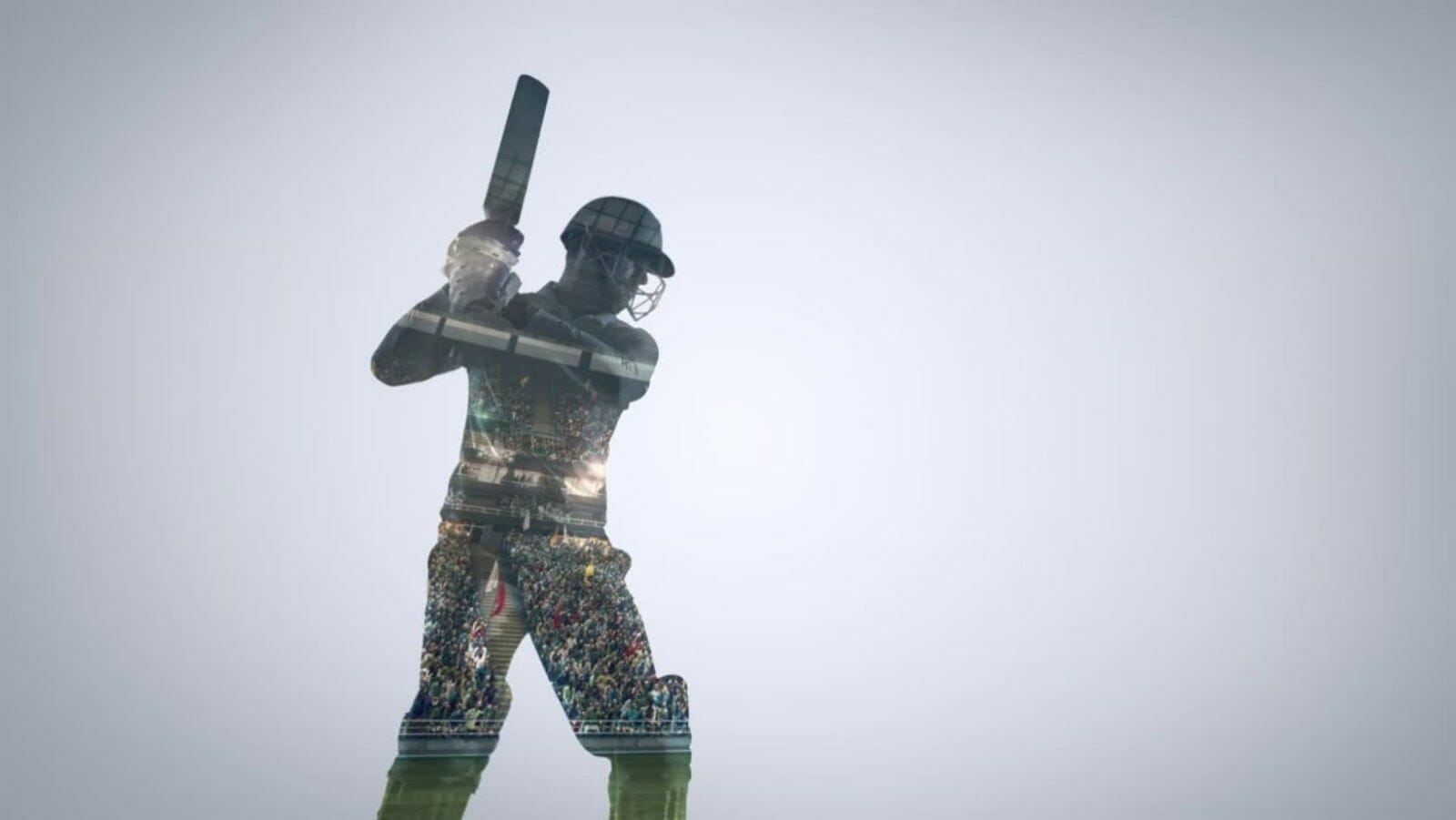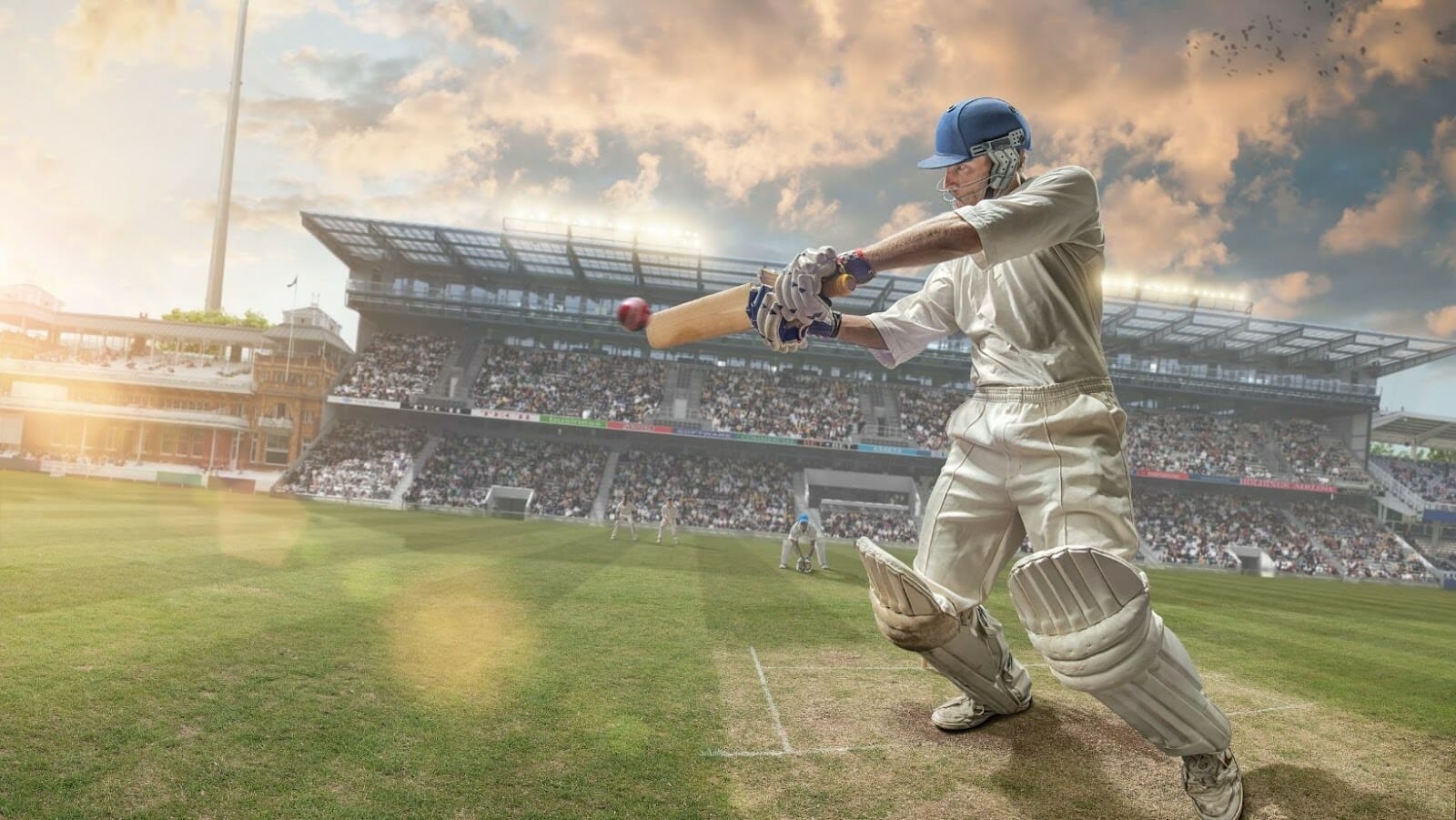Cricket is among the most exciting sports in the modern arena. It features adrenaline-pumping activities, including those explosive sprints, swinging the bat, and fast-moving balls. The gear used in the competitive cricket game is also a marvel. From the helmets, boxes, pads, shoes, caps, and jerseys to the innovatively designed bat, the cricket gear has significantly evolved over the years. You can find some of this gear in https://www.cricketstoreonline.com/. Have you ever wondered how the cricket game came to be, its foundation, and its history? Here is a glance at some of the exciting details of cricket’s foundation.
Cricket dates back as far as the date 16th century. While relatively vague, history has it that cricket traces its roots to English shepherds. It is derived from cricc, an Anglo-Saxon word meaning shepherd’s staff. The shepherd played the game as a leisure activity. They used cricc as the bats and the pens’ wicket gate as the pitchers’ target. Initial cricket evidence dates back to 1550 as recorded by the Royal Grammar School’s pupils in Guildford, England. An interesting detail has it that in 1611, two Sussex men were punished for playing cricket over going to church. It is recorded that the first match, played at Coxheath in Kent, took place in 1646.
Cricket’s popularity is said to have been propelled by gambling. In the late 17th century, people were placing huge bets, propelling its recognition. In 1679, an 11-sie cricket match was said to have attracted colossal gambling quests, with stakes going as high as 50 guineas per side. With the significant gambling amounts and the financial backing, cricket’s stronghold continued to hit new highs. The first inter-county match is recorded to have been played in June 1709, pitting Kent against Surrey at Dartford Brent.

By the 18th century, cricket was attracting mammoths of crowds. Single wicket games were the most popular. Over time, the play evolved from bowling to rolling the ball towards the batsman. This also saw the change of the bat from the initial design that looked more like a hockey stick. Modern cricket bats offer personalized profiles matching certain pay styles. The game’s rules also evolved. In 1797 more game rules were formalized. MCC (Marylebone Cricket Club) would become and continue to be the supreme authority on the rule of cricket and its base, lords, named after Thomas Lord, the club’s founder member. To date, London continues to be viewed as the spiritual home of cricket.

As cricket evolved, it was restricted to the noble class of England but would quickly turn into a national game in England. With the British Empire’s expansion, the game spread to many states. In 1844, the first international match, pitting the United States and Canada, was played. The technical aspects also continued to evolve. Underarm bowling was replaced by round-arm, and then over-arm took over in the 19th century.
Today, cricket continues to stay true to its origin. This is while adopting significant evolution to match the competitiveness and the ever-growing popularity. More professional players continue to impress, favoring certain play styles and attracting a huge loyal following. The competitive sport has a place in millions’ hearts today, with more clubs and national competitions continuing to propel its popularity.








